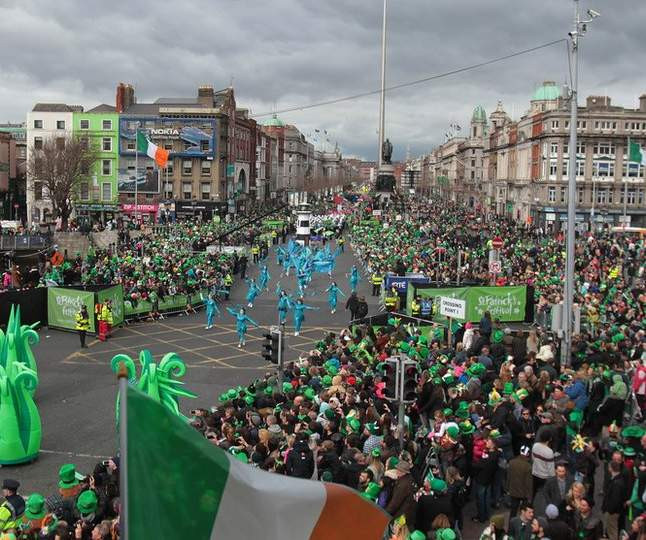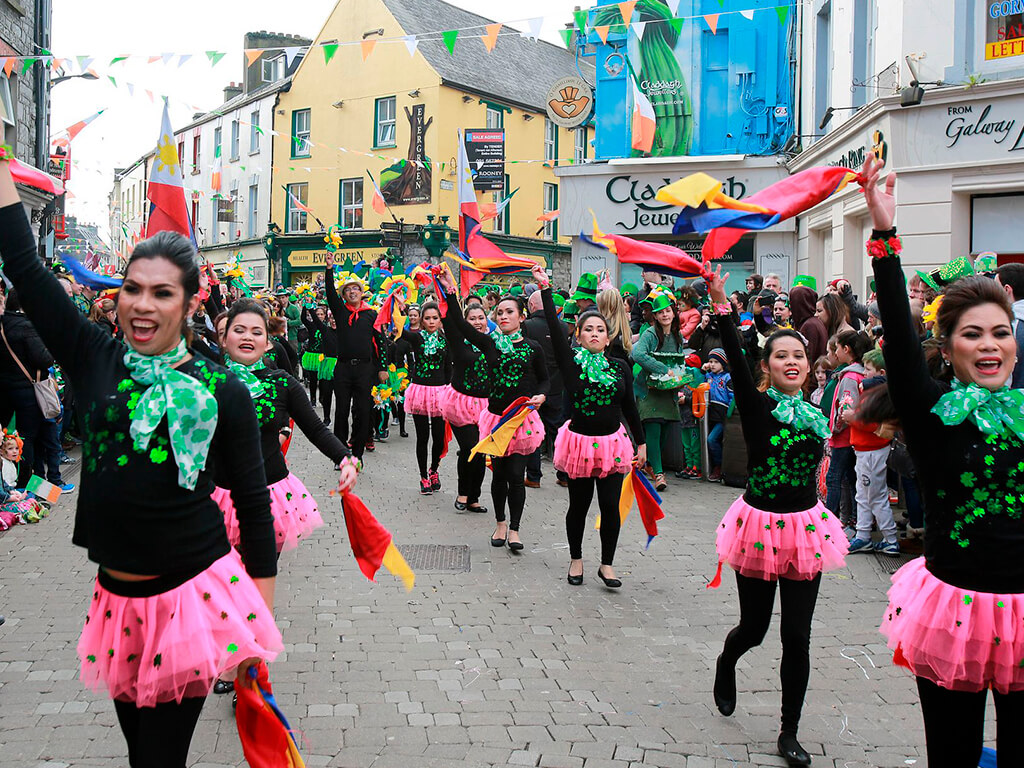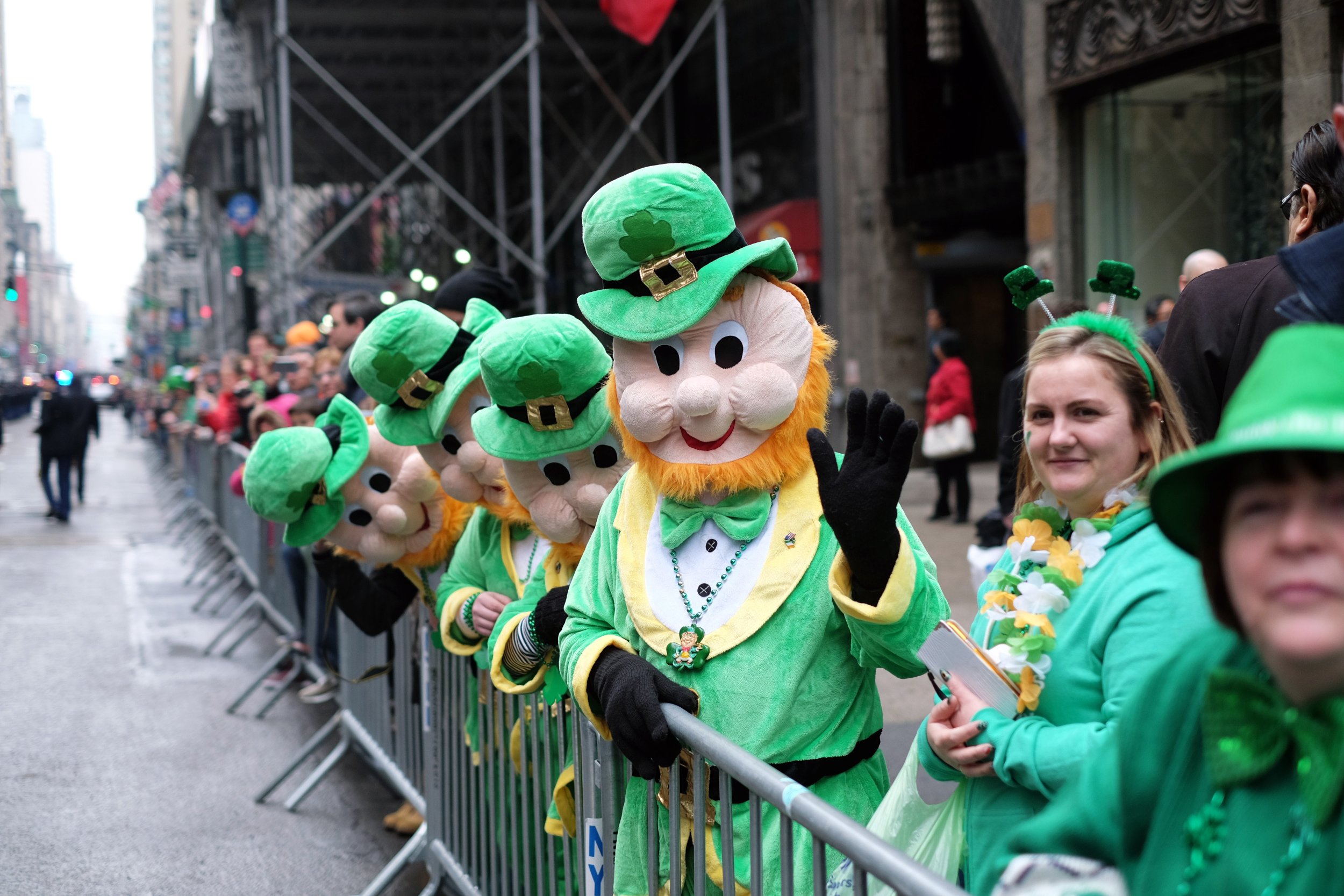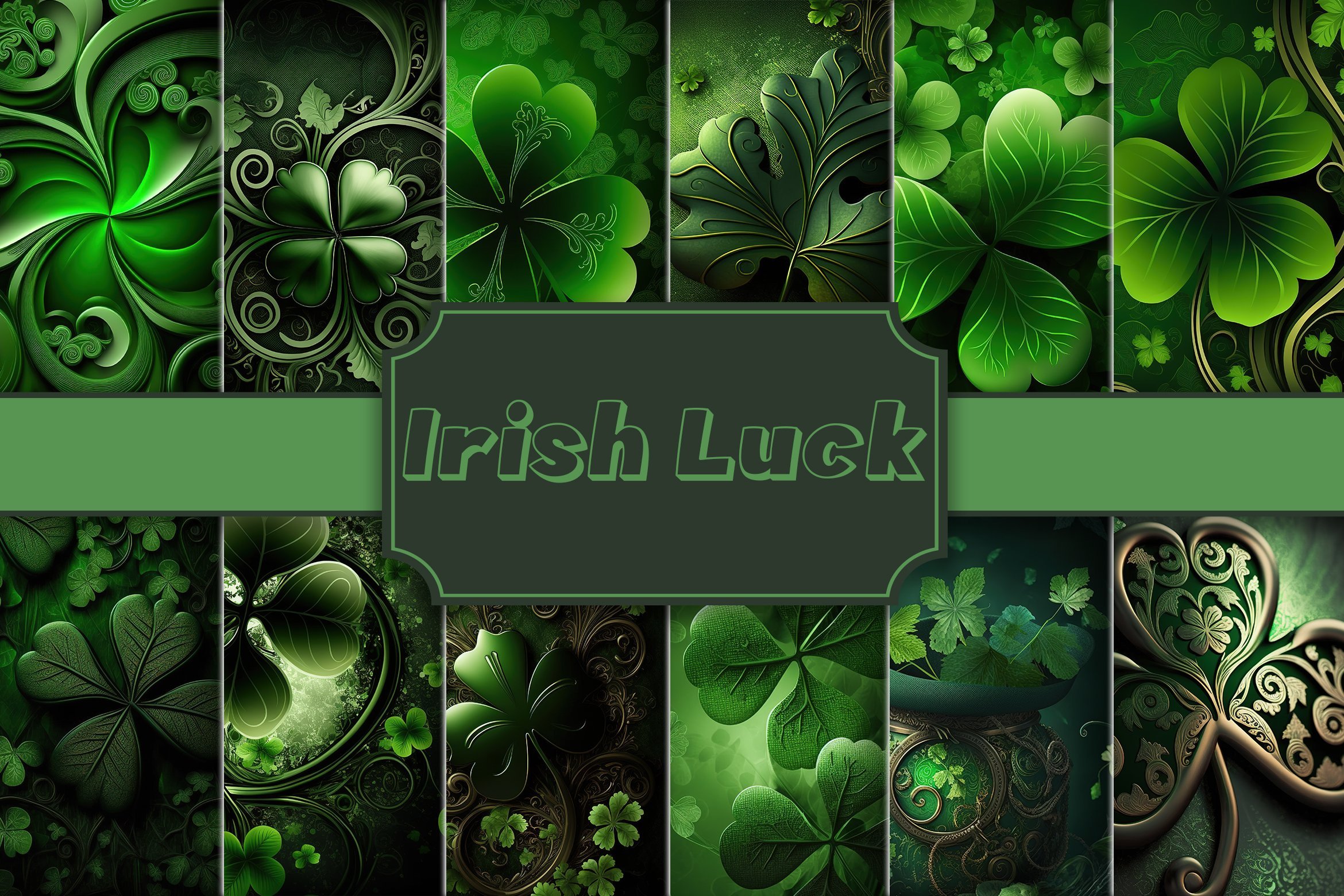Gallery
Photos from events, contest for the best costume, videos from master classes.
 |  |
 |  |
 |  |
 | |
 |  |
 |  |
St. Patrick’s Day, celebrated on March 17th, is now inseparable from the shamrock, with millions of people around the world wearing it as a symbol of Irish heritage and pride. The Shamrock as a Political and National Symbol. As Ireland’s national identity developed over the centuries, the shamrock became a key political symbol. The last of the St. Patrick’s Day symbols we’re going to go over is the harp. In addition to being a symbol of St. Patrick’s Day, the harp is also a symbol of Ireland. As St. Patrick’s Day is a celebration of the Irish, it makes sense that their national symbol would also be a St. Patrick’s Day symbol. It is worn proudly by the Irish, especially on St. Patrick’s Day (March 17th), as a symbol of national identity and spiritual heritage. During the 18th century , the shamrock took on a more political meaning, becoming a symbol of Irish independence during British rule. The shamrock is a central symbol of St. Patrick’s Day, representing the natural beauty of Ireland and the teachings of St. Patrick. Legend has it that St. Patrick used the three-leaved plant to Celebrated annually on March 17, St. Patrick’s Day is a holiday known for parades, shamrocks and all things Irish. From leprechauns to the color green, find out how symbols we now associate with Revellers attend the Saint Patrick’s Day parade on March 17, 2019 in Dublin, Ireland. Saint Patrick, the patron saint of Ireland is celebrated around the world on St. Patrick’s Day. According to legend Saint Patrick used the three-leaved shamrock to explain the Holy Trinity to Irish pagans in the 5th-century after becoming a Christian March 17 marks the supposed anniversary of Saint Patrick's death, according to the Library of Congress. When did people start celebrating St. Patrick's Day? People in Ireland have been celebrating Before coming to the United States, St. Patrick’s Day was obviously most often celebrated in Ireland from at least the 1600s on. However, records indicate that the first parade, an event often associated with the holiday, was celebrated in the then-Spanish colony of St. Augustine, Florida, in 1600 and was organized by the colony’s Irish The celebration of St. Patrick’s Day reinforces the connection between Irish heritage and its Christian roots. Also read: Unveiling March: Exploring Its Spiritual Meaning & Symbolism. Symbols of St. Patrick’s Day and Their Meanings The Shamrock. The humble shamrock, a three-leaved clover, is the most iconic symbol of St. Patrick’s Day. The shamrock remains one of the most popular symbols used on Hallmark products and cards for St. Patrick’s Day, and of course, Bradbeer says, all of the products focus on the color green. On St. Patrick’s Day, people worldwide wear shamrocks, decorate with the green clover, and partake in Irish celebrations. The shamrock is worn on lapels, embroidered onto clothing, and even painted on faces as a tribute to Ireland’s patron saint. One of the most famous St. Patrick’s Day traditions is the “wearing of the green”, which If you see three bands of colour, green white and orange, on St Patrick's Day that is representing the national flag of the Republic of Ireland, a well-known symbol of Irishness. The flag was designed in 1848 but only became adopted as Ireland's national flag after it was flown as part of the Easter Rising. The Christian association with the shamrock is primarily attributed to St. Patrick, the patron saint of Ireland. According to legend, St. Patrick used the shamrock to explain the concept of the Holy Trinity—the Father, the Son, and the Holy Spirit—as three divine beings in one entity. Seeing as St. Patrick is the patron saint of Ireland, the shamrock has been used as a symbol of Ireland since the 18th century when the shamrock was taken up as an emblem by the Irish Volunteers, who defended Ireland from the threat of invasion from Spain and France while British soldiers retreated from Ireland to fight the Revolutionary War in America. The Colors of St. Patrick’s Day: A Symbolic Representation. St. Patrick’s Day is often associated with three primary colors: green, orange, and white. These colors hold significant meaning and are deeply rooted in Irish history and tradition. Green: The Color of Ireland. Green is the most prominent color associated with St. Patrick’s Day St Patrick's Day Picture Sudoku #1. St. Patrick's Day Picture Sudoku is a fun and easy activity for kids! Filled with fun, St. Paddy's Day-themed images such as four-leaf clovers, rainbows, and pots of gold, kids will be entertained while honing their deduction skills to solve the puzzles. From lively parades in Dublin to green rivers in Chicago, St. Patrick’s Day is celebrated worldwide with music, dance, and plenty of cheer. Below, you’ll find a mix of old, weird and wonderful things associated with St. Patrick’s Day both in Ireland and around the world. 1. Wearing green clothing It is believed that St. Patrick used the shamrock to explain the Holy Trinity to the Irish people. The three leaves of the shamrock represent the Father, the Son, and the Holy Spirit. The shamrock has been a symbol of Ireland for centuries, and it is often worn on St. Patrick's Day as a sign of Irish pride. Green: The Colour of the Emerald Isle Below is a lovely St Patrick’s day toast you can use next March: St. Patrick’s Day Toasts: Here’s to a long life and a merry one. A quick death and an easy one. A pretty girl and an honest one. A cold beer and another one. May your wishes come true, and your truth be wise. Happy St. Patrick Day, Leprechauns, castles, good luck and laughter. St. Patrick’s Day isn’t just about parades and green beer—it’s a celebration of Ireland’s heritage. St Patrick’s Day symbols carry deep history and meaning, from shamrocks to Celtic crosses, uniting people in the spirit of Irish tradition. So, as March 17th approaches, embrace the spirit of St. Patrick’s Day!
Articles and news, personal stories, interviews with experts.
Photos from events, contest for the best costume, videos from master classes.
 |  |
 |  |
 |  |
 | |
 |  |
 |  |